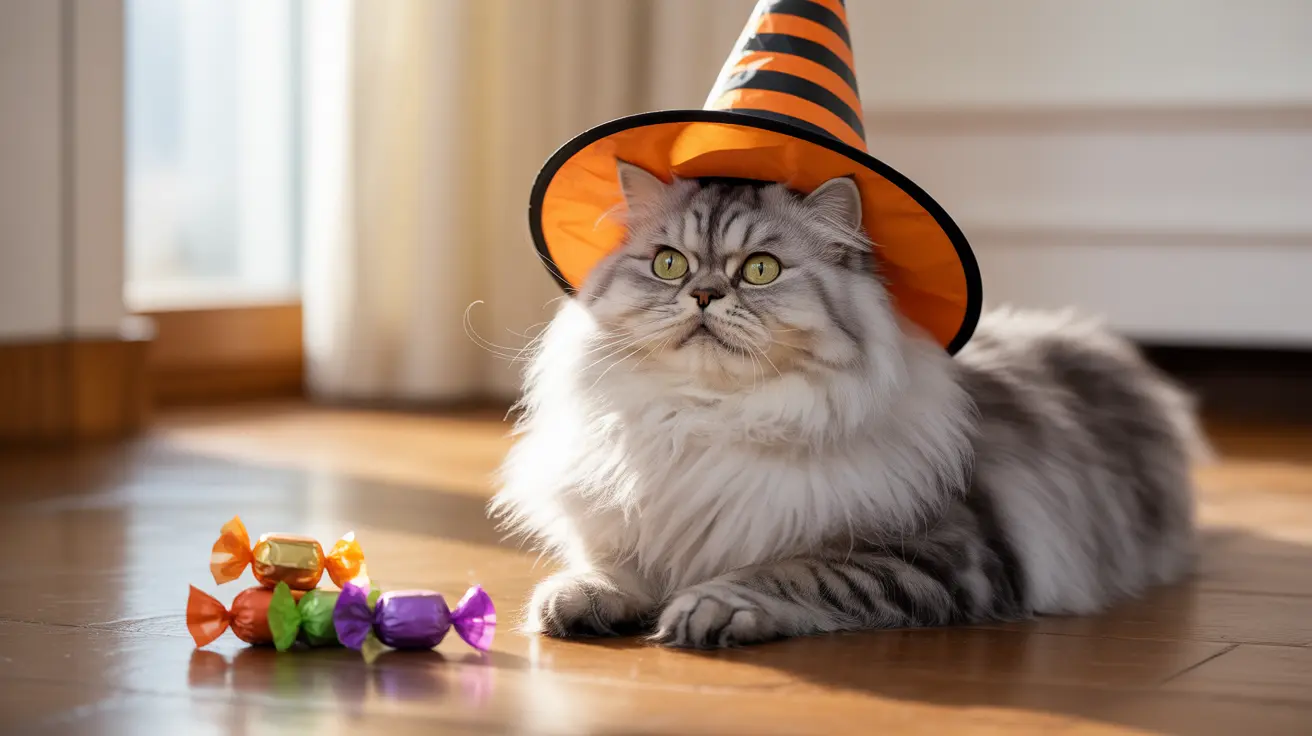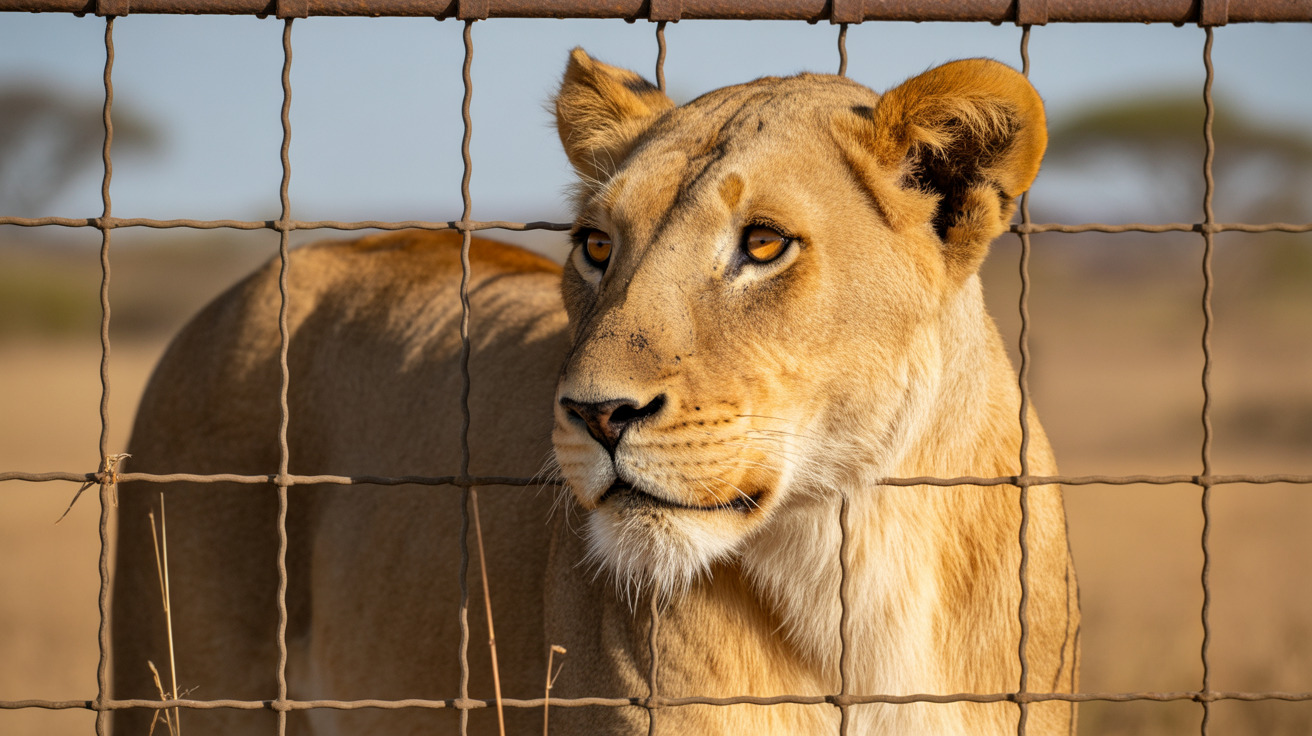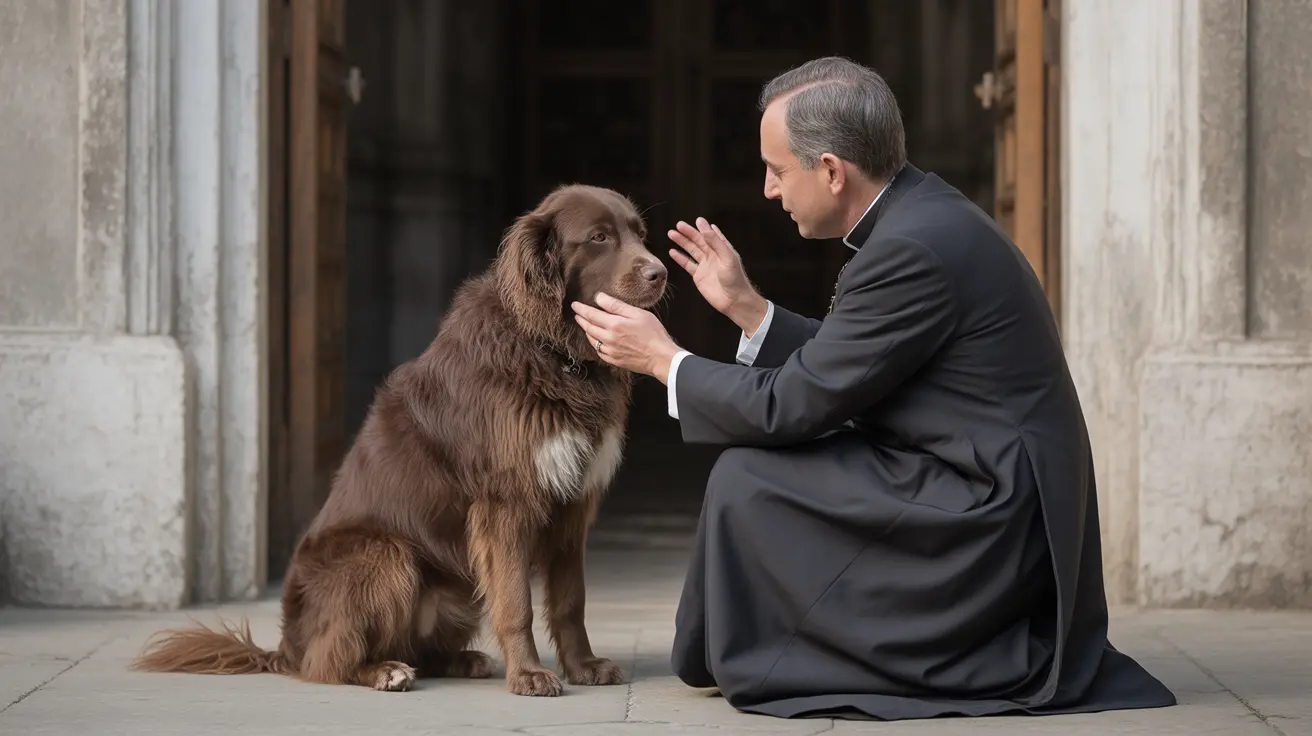When your cat undergoes surgery, preventing them from jumping during recovery is crucial for proper healing. This comprehensive guide will help you understand effective strategies to keep your cat safe and comfortable while restricting their movement during the post-operative period.
Understanding how to manage your cat's activity after surgery can mean the difference between a smooth recovery and potential complications. Let's explore proven methods to protect your feline friend during this critical healing time.
Understanding the Importance of Post-Surgery Rest
After any surgical procedure, your cat needs adequate rest to heal properly. Jumping and excessive movement can cause serious complications, including reopened incisions, internal damage, and delayed healing. Most veterinarians recommend restricting activity for 10-14 days following routine procedures, with longer periods necessary for more complex surgeries.
Creating a Safe Recovery Environment
The first step in preventing post-surgical jumping is setting up a secure recovery space. Choose a quiet room away from household traffic and remove or block access to all elevated surfaces. Essential elements include:
- A comfortable bed at floor level
- Easy access to food, water, and litter box
- Removal of cat trees, high perches, and climbing opportunities
- Blocked windows and elevated surfaces
Effective Supervision Strategies
Active monitoring plays a crucial role in preventing unwanted jumping. Consider these approaches:
- Maintain constant supervision during peak activity hours
- Use a baby gate or closed door to restrict access to certain areas
- Consider a large dog crate or playpen for short-term management
- Keep other pets separated to reduce excitement
Managing Your Cat's Activity Levels
Keeping your cat calm and entertained without encouraging jumping requires creativity. Try these methods:
- Provide ground-level enrichment activities
- Use food puzzles and treat-dispensing toys
- Offer gentle petting and attention
- Consider veterinary-approved calming aids if needed
Frequently Asked Questions
Why is it important to prevent cats from jumping after surgery?
Preventing jumping after surgery is crucial because excessive movement can tear stitches, delay healing, and cause complications. The surgical site needs time to heal properly, and jumping can disrupt this process.
How can I keep my cat from jumping on furniture after surgery?
Remove access to elevated surfaces by blocking them with boxes or sheets, confine your cat to a single room without high furniture, and provide ground-level entertainment options to prevent boredom.
What are the best ways to create a safe recovery space for my cat post-surgery?
Set up a quiet room with everything your cat needs at ground level, including food, water, litter box, and bedding. Remove or block access to all jumping opportunities and ensure the space is warm and draft-free.
Can I use a crate to stop my cat from jumping after surgery, and if so, how long should they stay in it?
Yes, a large dog crate can be used if necessary, but only as a last resort and with veterinary approval. The duration depends on the surgery type but typically ranges from a few days to two weeks. Ensure the crate is properly sized and equipped with necessities.
How can I prevent boredom and restlessness in my cat during the recovery period after surgery?
Provide mental stimulation through ground-level toys, food puzzles, and gentle interaction. Spend quality time with your cat, offer calm petting sessions, and consider using pheromone products to promote relaxation.
Final Thoughts
Successfully preventing your cat from jumping after surgery requires patience, preparation, and consistency. By implementing these strategies and maintaining close supervision, you can help ensure your cat has a safe and comfortable recovery period. Remember to always follow your veterinarian's specific post-operative instructions and contact them if you have any concerns during the recovery process.






